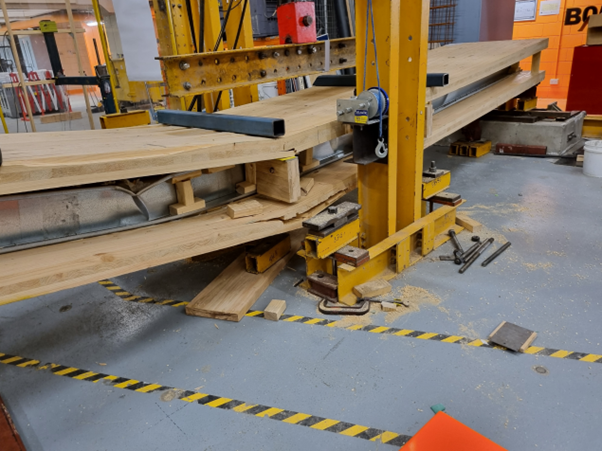Project Summary
This project aims to develop a sustainable sandwich lightweight flooring system for mid- to high-rise buildings by replacing conventional concrete slabs with Cross-Laminated Timber (CLT) panels enhanced with Light Gauge Steel (LGS). This combination improves structural performance, fire resistance, and sustainability while supporting rapid, modular construction. By reducing embodied carbon and enhancing durability, the system aligns with Australia’s net-zero targets and provides a scalable, cost-effective solution for modern construction needs.
DBI Partner
Key Objectives:
Innovative Design and Testing:
Develop and test a CLT-LGS composite system for enhanced structural performance, fire resistance, and carbon reduction.Prototype Development and Pilot Implementation:
Create prototypes and implement pilots to validate scalability and cost-effectiveness.Environmental Assessment:
Evaluate embodied carbon reduction and align with net-zero targets.Dissemination and Industry Adoption:
Share findings through reports, datasets, and training modules to promote adoption.
Project Focus Areas
- Modular construction for efficiency and scalability.
- Fire safety, structural integrity, and environmental performance.
- Adoption of low-carbon materials to reduce emissions.
Expected Outcomes:
This project aims to:
- Technical reports on fire performance, structural integrity, and environmental benefits.
- Pilot demonstration of real-world performance.
- Environmental Product Declaration (EPD) for the lightweight flooring system.
- Accelerating the adoption of low-carbon, modular systems to support DBI net-zero vision
Timeline and Budget:
The project spans four years (2024-2027) with a total budget of $80,000. Key milestones include structural system development, prototype testing, performance optimization, and dissemination of findings.
Project updates
- Kick-off and Planning (WP1): The project was successfully launched with a kick-off meeting to define strategy, allocate resources, and set clear objectives.
- Literature Review and Test Plan (WP2): A comprehensive literature review was completed, identifying best practices and research gaps. A detailed test plan was developed, focusing on cross-section arrangements, grid spacing, and flexural experiments to meet performance standards.
This report presents the outcomes of the literature review and structural concept development phase for a hybrid CLT–LGS–CLT sandwich floor system, tailored to meet the growing demand for high-performance modular construction solutions.
This section of the project report presents the outcomes of the experimental bending testing phase, which focused on validating the flexural behaviour, load capacity, and constructability performance of the proposed CLT–LGS–CLT sandwich floor system for modular construction applications.
For inquiries, please contact:
- Dr. Dao Pham (Director, M-Modular) – dpham _at_ m-modular.com.au
- Prof. Tuan Ngo (DBI Network Convenor) – dtngo _at_ unimelb.edu.au
- A.Prof Behzad Rismanchi (DBI Deputy Network Convenor) – behzad.rismanchi _at_ unimelb.edu.au


